Rescuing A Shelter Dog: Training Guide
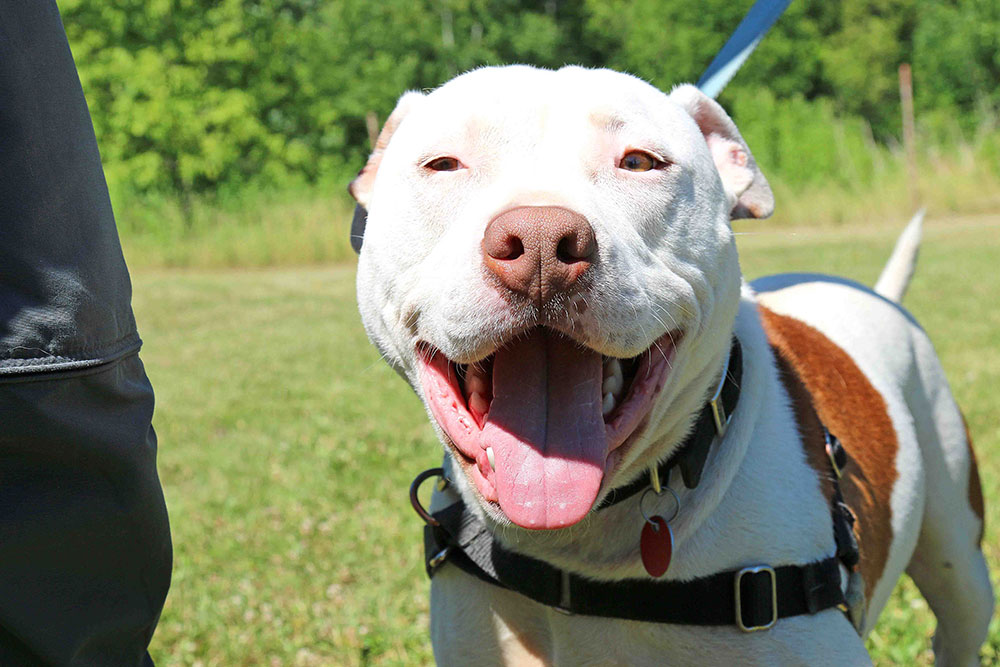
Unfortunately, Leerburg has since retired the rescue program. Students can enroll for the course here.
In 2018, Leerburg developed a program designed to help new rescue dog owners learn how to live with their newly adopted dog. Our goal in developing the online training course (or DVD) has been to reduce the number of dogs that are returned to shelters after the adoption process.
The purpose of our course is to ease the transition of an adopted dog into their new home environment. When this is done correctly we can ease the dog through the honeymoon period and reduce the number of dogs that get returned to the rescue or shelter.
Adoptees often dogs are returned as a result of bad manners. The bottom line is manners can be learned through proper management and patience.
It is important to understand that there is a difference between obedience training and managing our dogs. While both are important, quite often management is more important than obedience training. Management simply means we teach a dog, through the use of dog crates, ex-pens, dog kennels and leash control how we expect him to act in our home.
Rescue Rule of 3
3 Days, 3 Weeks, 3 Months Rule is a widely used guideline that helps adopters and foster homes understand how rescue dogs adjust to a new home. It outlines the phases of acclimation a dog typically goes through after adoption. While each dog is different, this rule offers a helpful timeline for setting realistic expectations and building trust with their newly adopted rescue dog.
3 Days - Decompression
- Your new dog is likely overwhelmed, anxious, and may shut down.
- They may not eat, sleep well, potty regularly or be interested in playing.
- At this stage, focus on creating a calm, safe, and predictable environment with minimal pressure or stimulation.
Once your new rescue has decompressed, you can begin engagement training to start building a relationship. This is the perfect time to condition markers, build engagement, and just reward behaviors you want to reinforce (like waiting at the door instead of bursting through it, or waiting patiently for you to release them to eat their food). Set your expectations and rules from the beginning so you don't confuse the dog later by allowing a behavior now, then punishing it later because you have decided you no longer like it.
3 Weeks - Learning the Routine
- You’ll start to see more of their true personality emerge.
- They’re learning your house rules, daily routines, and who their people are. (So be consistent and set your expectations early.)
- Mild behavioral challenges (chewing, barking, testing boundaries) may appear. (Lean in to your management training during this time - your new dog will have opportunities to earn freedom later.)
Now that you have the beginnings of a relationship and bond you can start playing with your dog if that is something they are interested in. Interactive play with your dog is great exercise for them and you. Start to teach your dog the rules of fetch and tug. Continue to focus on foundational skills like engagement and manners. Basic dog obedience can begin to be taught - sit, lay down, stay, lay on bed, etc.
3 Months - Building Trust and Bonding
- A deeper bond is forming—your dog now sees your home as their home.
- They’ve become more confident, predictable, and secure in their surroundings.
- You can begin more advanced training, increased socialization, and trust-building activities.
After the 3 month mark, then you can start to incorporate more advanced skills in your training if you and your dog have an interest. Consider a variety of dog sports that rescue dogs can participate in like Scent Work or Dock Diving. Or, if you prefer something a bit more low-key, this would be the time to explore hiking, going to the park, and venturing out into the world at a pace both you and your dog are comfortable with.
Many adopters return dogs too soon because they expect instant results. The 3-3-3 rule helps families recognize that adjustment takes time, and that what you see in the first few days is not who the dog truly is. Always remember each dog is different and to always work with the dog in front of you.
"From the Rescue to the Home" Course
From the Rescue to the Home is a self-study course with instructor JJ Belcher. JJ is a professional dog trainer in Tuscan, AZ. He has been involved in and helped dog rescues for over 20 years.
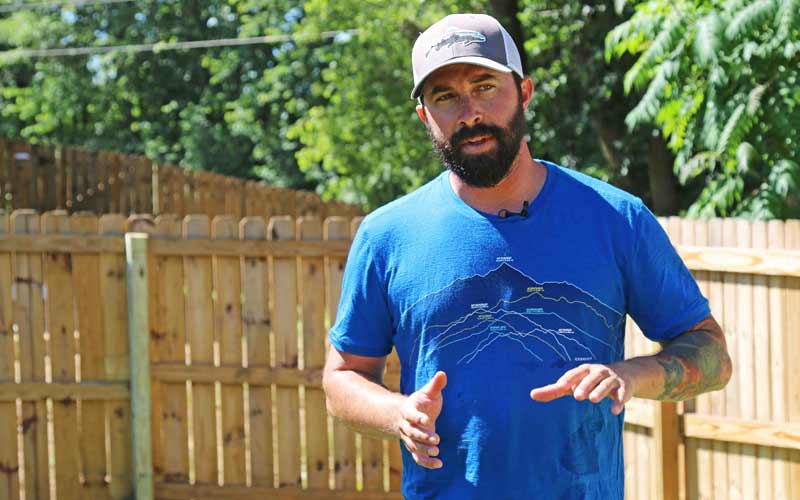
Our goal is to provide the kind of information that eliminates dogs being returned to the shelter for reasons that would not have happened had the dog been managed properly. The course will benefit Rescue organizations that put dogs in short term foster homes and/or people who adopt a dogs from shelters. Our course will teach simple methods on how to live with a dog in ways that eliminate behaviors problems.
Course Outline
-
What is a Rescue Dog?
- The Journey Begins
- Before You Adopt
- Preparing Your Home
-
Introducing Your New Dog to Their Forever Home
- Potty Training
- Introducing Your New Dog to a Crate
- Introducing Your New Dog to Other Pets
- Introducing Your New Dog to the Car and Travel
-
The Art of Communicating with Your Dog
- Basic Obedience
- Play Time
- Real World Training
-
Behavior Modifications
- Separation Anxiety
- Destructive Behaviors
- Barking
- Resource Guarding
- Fearful and Shy Dogs
-
Health and Maintenance
- Preparing for a Vet Visit
- Preparing for the Groomer
- Dog Diet
-
People, Places, & Things
- Dogs and Kids
- Introducing Your Dog to New Environments
- Dogs and Vehicles
- Dog Parks & Off-Leash Walks
- In Closing
- Rescue Stories




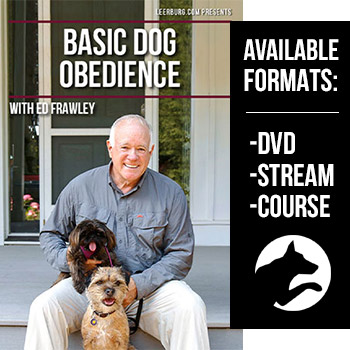

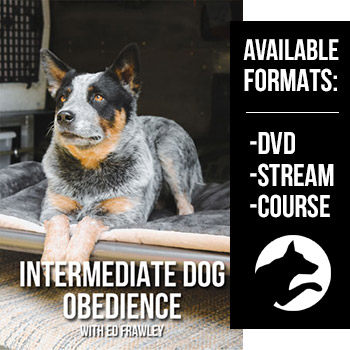

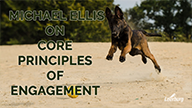

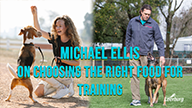
Ask Cindy.